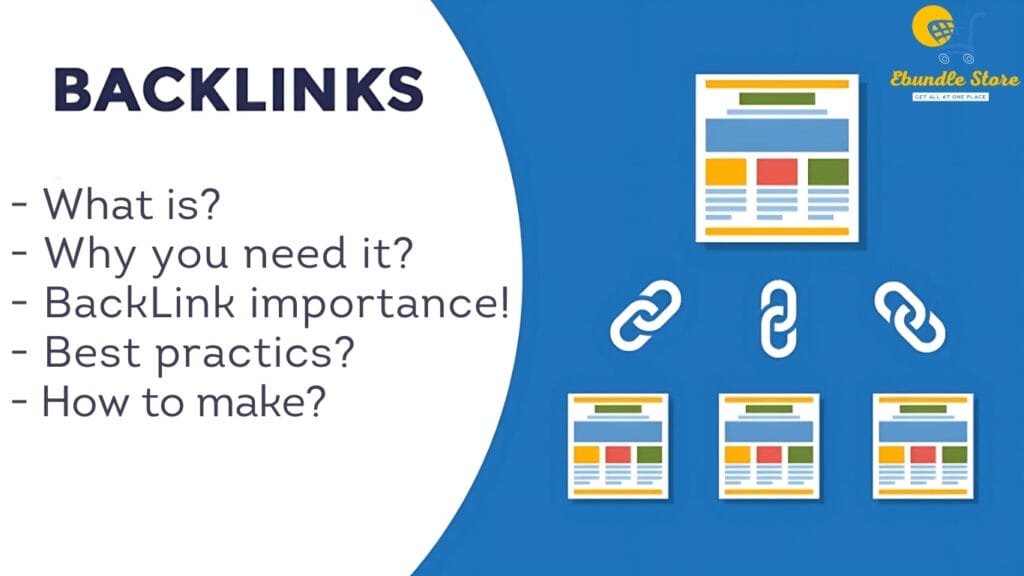Redesigning your website can be an exciting opportunity to refresh your brand and improve user experience. However, it also poses significant risks to your search engine optimization (SEO) efforts. A poorly managed redesign can lead to lost rankings, decreased traffic, and a negative impact on your online visibility. To help you navigate this process successfully, we’ll discuss common SEO mistakes to avoid during your website redesign.
1. Not Conducting an SEO Audit Before the Redesign
Before making any changes, it’s crucial to perform a comprehensive SEO audit of your current website. This audit should include:
- Keyword Analysis: Identify which keywords are driving traffic to your site and ensure they remain a focus during the redesign.
- Current Rankings: Document the pages currently ranking well and understand what contributes to their success.
- Backlink Profile: Analyze your backlinks to determine which pages have valuable links that should be preserved.
Failing to conduct this audit can lead to unintentional losses in traffic and rankings once the redesign is complete.
2. Changing URLs Without Proper Redirects
If you decide to restructure or rename URLs during the redesign, it’s essential to implement proper redirects, such as 301 redirects. This ensures that both search engines and users can easily find the new pages. Neglecting this step can result in broken links, loss of backlink value, and a poor user experience, all of which can harm your search engine rankings.
3. Ignoring the Website’s Current Ranking
During a redesign, it's vital to keep track of the keywords and pages that are currently performing well. Ignoring these elements could lead to unintentional changes that negatively impact your SEO. Common mistakes include:
- Removing or altering high-performing content.
- Reducing the length of successful content significantly.
- Failing to migrate internal links or meta data.
- Not re-adding ALT text for images.
To maintain rankings, ensure that high-performing elements are preserved or improved upon during the redesign process.
4. Failing to Optimize Images
Image optimization is often overlooked during website redesigns, yet it is crucial for both user experience and SEO. Ensure that images are:
- Compressed for faster loading times.
- Named descriptively with relevant keywords.
- Accompanied by appropriate ALT text.
Proper image optimization can enhance loading speeds and improve how search engines index your content, ultimately benefiting your rankings.
5. Neglecting Mobile Optimization
With an increasing number of users accessing websites via mobile devices, ensuring that your redesigned site is mobile-friendly is essential. A responsive design not only improves user experience but also positively impacts SEO. Google prioritizes mobile-friendly sites in its rankings, so make sure your redesign includes mobile optimization from the start.
6. Forgetting About Internal Links
Internal links play a critical role in helping search engines understand the structure of your site and the importance of each page. During a redesign, ensure that all internal links are updated and functional. Failing to migrate internal links can lead to lost link equity and hinder user navigation.
7. Not Setting Up Analytics Tracking
Before launching your redesigned website, make sure that analytics tracking is properly set up. This will allow you to monitor performance metrics post-launch and identify any issues that arise quickly. Without analytics in place, you may miss critical data on how the redesign impacts traffic and user behavior.
Conclusion
A website redesign presents an excellent opportunity to enhance your online presence, but it must be approached carefully with SEO in mind. By avoiding these common mistakes—such as neglecting SEO audits, improperly managing URLs, failing to optimize images, and overlooking mobile optimization—you can ensure a smoother transition that maintains or even improves your search engine rankings.















